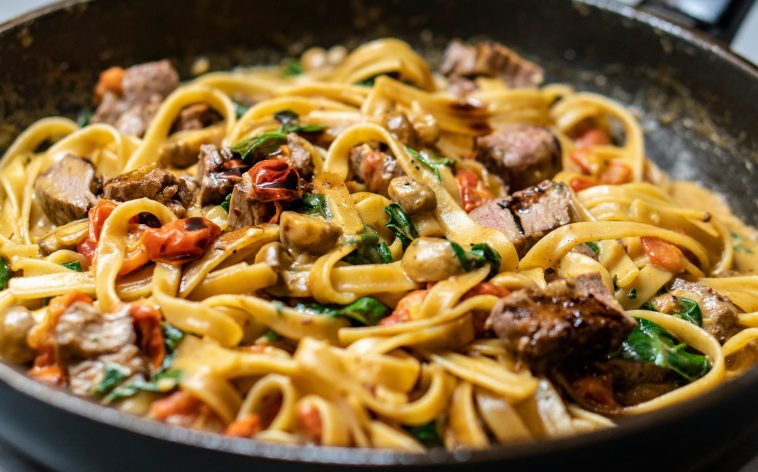Introduction:
The English breakfast, with its hearty spread of savory delights, is more than just a meal—it’s a cultural institution that has woven itself into the fabric of British culinary heritage. Its origins date back centuries, evolving from humble beginnings into a beloved tradition that transcends social and economic divides. In this article, we embark on a journey to explore the rich tapestry of the English breakfast, delving into its historical roots, regional variations, and enduring significance in British culture.
A Culinary Legacy:
The story of the English breakfast is one of evolution and adaptation, shaped by the changing landscapes of British society. Its early iterations were born out of necessity, as agricultural workers fueled their long days with hearty fare such as bacon, eggs, and bread. Over time, as Britain’s fortunes grew and tastes evolved, the English breakfast transformed into a symbol of abundance and indulgence, enjoyed by all strata of society.
Key Components and Traditions:
At the heart of the English breakfast lie several key components, each contributing to its distinctive flavor and character. Thick-cut bacon, sourced from local farms, sizzles in the pan alongside plump sausages bursting with savory spices. Eggs, whether fried, poached, or scrambled, provide a protein-rich foundation, while grilled tomatoes and sautéed mushrooms add a burst of freshness and earthiness.
Baked beans, a relative newcomer to the English breakfast scene, offer a touch of sweetness and tanginess that complements the savory elements perfectly. Toast, slathered with butter and accompanied by a variety of jams and marmalades, completes the meal, providing a satisfying crunch and a hint of sweetness.
Regional Variations and Influences:
While the basic components of the English breakfast remain consistent, regional variations abound, each reflecting the unique culinary traditions and ingredients of its locale. In Scotland, for example, the “Full Scottish Breakfast” features delicacies such as haggis, black pudding, and tattie scones alongside the usual suspects. In Ireland, the “Full Irish Breakfast” includes white pudding, soda bread, and potato farls, adding a distinctive Gaelic twist to the classic meal.
Moreover, the English breakfast has been influenced by culinary traditions from around the world, with ingredients such as kippers from Scandinavia, kedgeree from India, and hash browns from America finding their way onto breakfast plates across the UK. These global influences add depth and complexity to the English breakfast, enriching its culinary tapestry and reflecting Britain’s multicultural heritage.
Cultural Significance and Rituals:
Beyond its culinary appeal, the English breakfast holds a special place in British culture, serving as a symbol of hospitality, conviviality, and tradition. Whether enjoyed as a leisurely weekend treat or a quick weekday indulgence, it fosters a sense of warmth and connection that transcends social divides. The ritual of sharing a hearty breakfast with loved ones is a cherished tradition that brings families and communities together, reinforcing bonds and creating lasting memories.
Conclusion:
In an ever-changing world, the English breakfast remains a steadfast symbol of British culinary heritage, cherished for its hearty flavors, rich traditions, and enduring cultural significance. Whether enjoyed in a quaint tearoom in the countryside or a bustling café in the heart of London, it continues to captivate diners with its timeless appeal, weaving a thread of warmth and comfort through the tapestry of British culture.

